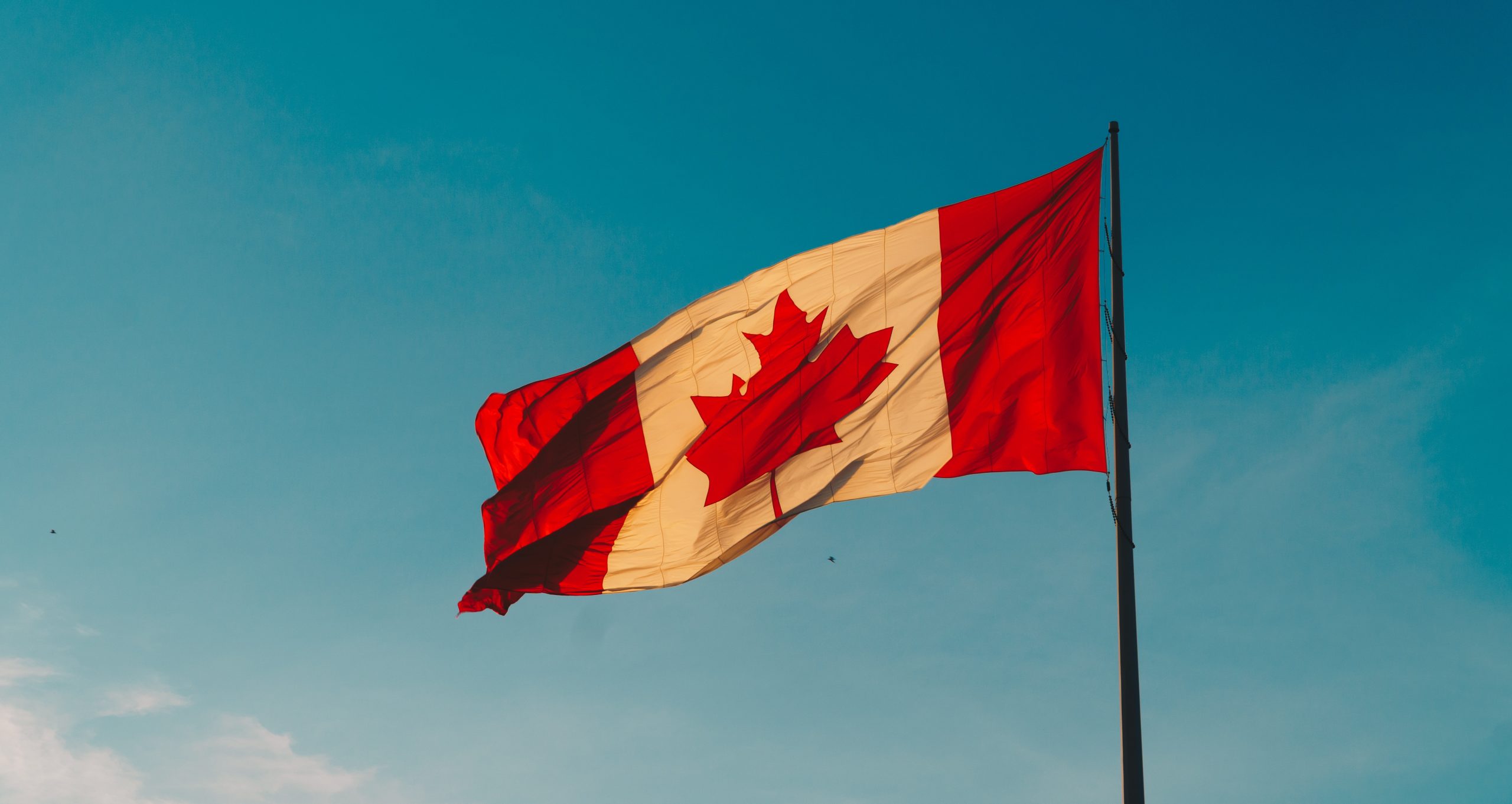While you are preparing to move to Canada it is important to know that there are some things that you will find very strange.
But don’t allow this unknown factor to scupper your plans – here is our bag crammed with everything you will need to get your passport stamped and call Canada your home.
- Administrative to-do list
Before you pack your bags and board the flight to Canada it is important to get all your administrative matters in order. Here are the most important items to put on this list:
Visas
One of the most important things you have to sort out is visas for Canada. It is important to know what your personal visa requirements are. This can be quite tricky, because there are a number of different permanent immigration visas you may apply for. This includes:
- Federal skilled workers
- Provincial Nomination Programme (PNP)
- Canadian Experience Class (CEC)
- Family Sponsorship
- Business Class
Get in touch with your nearest Canadian consulate, high commission or embassy to get things going as far as your visa is concerned.
The best way to find out which one to apply for is to fill in the form on the Canadian government website. There you will be told exactly what you are entitled to and which visa is best for you. This way the application process for a visa is less stressful.
Medical care
Canada offers its citizens and permanent residents universal public health insurance covering access to doctors at low cost. Therefore, if you have only a temporary residence permit you will unfortunately not qualify for the same benefits.
Medicare is the public health care system in Canada that is funded by the government. It is available only to permanent residents of Canada. To join Medicare, apply online at the Régie and also at local pharmacies and doctors’ rooms.
Dental care, on the other hand, can be very expensive. It is better to get health insurance from a third party.
It could take months to get your health insurance in order, so it is a good idea to get health care for three months or more before you board the aircraft.
Adequate health insurance is a visa requirement for Canada, so do this as soon as possible.
To buy or not to buy, that is the question!
Mortgage Professionals Canada has published a report titled Owning versus renting a home in Canada. This report covers the total price paid by homeowners compared to what tenants could expect to pay over an extended period.
The report covers 266 scenarios in a number of cities across Canada. The three most important locations investigated are Quebec City, the bigger Toronto area and Vancouver.
In most cases buying a house in Canada is cheaper than renting for an extended period. According to the report it may be expensive to buy a house, but the major portion of the homeowner’s costs (the mortgage repayment) has been pegged for some time. This means that rental costs will tend to increase more than the homeowner’s costs.
Bear in mind, however, what city you are going to move to. In cities such as Toronto and Vancouver, renting is the major option, because entering the home market is too expensive in these cities.
- Get moving!
Now that your administrative list has been completed and ticked off it is time for the long flight to Canada. But before braving the unknown, here are some guidelines to make you feel at home in a jiffy.
Immigrating with pets
There are specific guidelines to follow if you want to take your pets with you to Canada:
- An original international health certificate issued by an accredited veterinarian, or an original certificate of vaccination against rabies (not required for dogs younger than three months)
- A hard-copy statement of your pet’s previous veterinarians
- A copy of the customs clearance form
- A copy of the original passport of the owner
- A copy of your visa or work permit
Importing your dog or cat will cost you 30 Canadian dollars, but importing a bird is much more expensive because birds have to be put in quarantine. Pet transportation firms can assist you when moving to Canada with your pets.
Cost of living in Canada
Something to bear in mind is that the cost of living in Canada is considerably higher than what we are used to here in South Africa. For example, in South Africa you pay R13.17 for a litre of milk, but in Canada you will pay up to R23.70.
The cost of living is high, but it is a consolation that these higher prices are accompanied by higher salaries and wages. The average monthly net salary after tax in Canada is R32 920, compared to R15 604 in South Africa.
Canadian tax system
Under Canada’s decentralised federal system, tax is levied at several levels. Income tax is collected by the federal as well as the provincial governments.
Depending on your status and employment conditions, you could be entitled to a tax refund at the end of the financial year.
VAT varies from province to province, from 5% in Alberta to 14.975% in Quebec. This is added at the point of sale and is not indicated on the price label, so you should be aware that an item that is advertised for $10 will cost you more when you pay for it.
Education in Canada
Every province in Canada is responsible for its own curriculum and education system. There are private schools, but most families prefer public schools. Because French is the mother tongue of approximately 7,2 million Canadians, there are English-medium and French-medium schools.
Compulsory schooling usually begins at the age of six years, and elementary and secondary education begins at 13 years. Children mostly attend a public school close to where they live. If you prefer a specific public school, you probably will have to buy or rent a property in the district concerned, although you may apply if you want your child to attend a school outside your area.
The Canadian school year usually runs from the first week in September to the end of June (ten months) and is divided in quarters. Some schools have a year that runs from the middle of August to the end of May.
Public transport options
Canada has a fairly extensive bus network, making it possible to travel across provinces and across the country and even to the United States. Travelling by bus may be quicker than travelling by train.
You may also consider using a taxi to get from point A to point B. Every taxi driver has an identification document to confirm the legality of his activities, as well as a certificate to confirm that his vehicle complies with the city’s safety standards.
Some people prefer using lift clubs. All you have to do is to register on a website offering this kind of service. You may offer a trip or you may register as a passenger on an existing trip. There also are private advertising groups on Facebook. With lift clubs you may save a lot of money compared to renting or buying a car.
Canada has an extensive school transport system. As in the United States, the school transport system uses traditional yellow school buses. In Quebec, 46 000 learners are transported to and from their schools using public transport by bus.
Seasons
Average winter and summer temperatures across Canada vary according to the location. Winters in many parts of the country may be extremely cold, especially in the interior and the Prairie provinces, with their continental climate. In these areas the average daily temperature may be close to -15 degrees Celsius, but it can drop to even below -40 degrees Celsius with strong winds. In non-coastal regions, snow may cover the land for almost six months of the year. Coastal British Columbia enjoys a temperate climate with mild and rainy winters.
Along the east and west coasts, the average summer temperature usually is in the low 20s, while average summer temperatures in the interior vary between 25 and 30 degrees Celsius, with unsteady heat of more than 40 degrees Celsius in some areas in the interior.
Natural disasters
If nature is in a foul mood, many things could happen in Canada. Bush fires occur mostly in British Columbia and the forests of Ontario, Quebec, the Prairie provinces, the Ykon and the Northwest Territories. Floods are common during spring because of melting snow. During summer, tornados occur in the south of Alberta, in Manitoba and in Saskatchewan, in the south of Ontario and Quebec, in the interior of British Columbia and in the west of New Brunswick.
Most volcanoes occur in the west of Canada, with the most active volcanoes in the Ykon and British Columbia. This forms part of the Pacific Ring of Fire, which is known for its active volcanoes and earthquakes.
Once all the boxes have been ticked, it is time to pack your bags and have your passport stamped!
Finally,
Welcome to Canada!




















